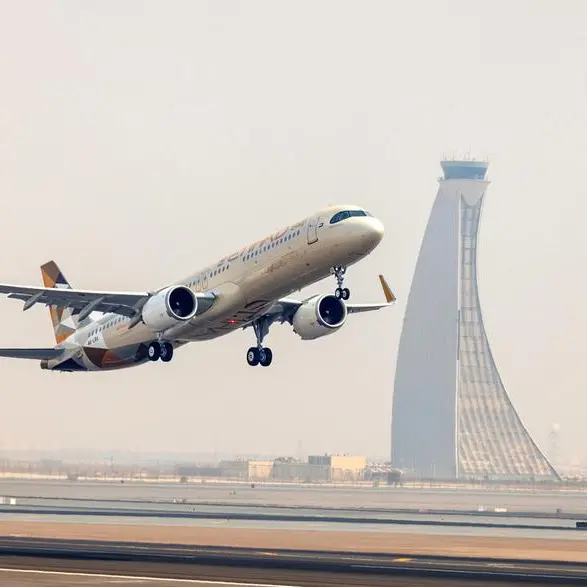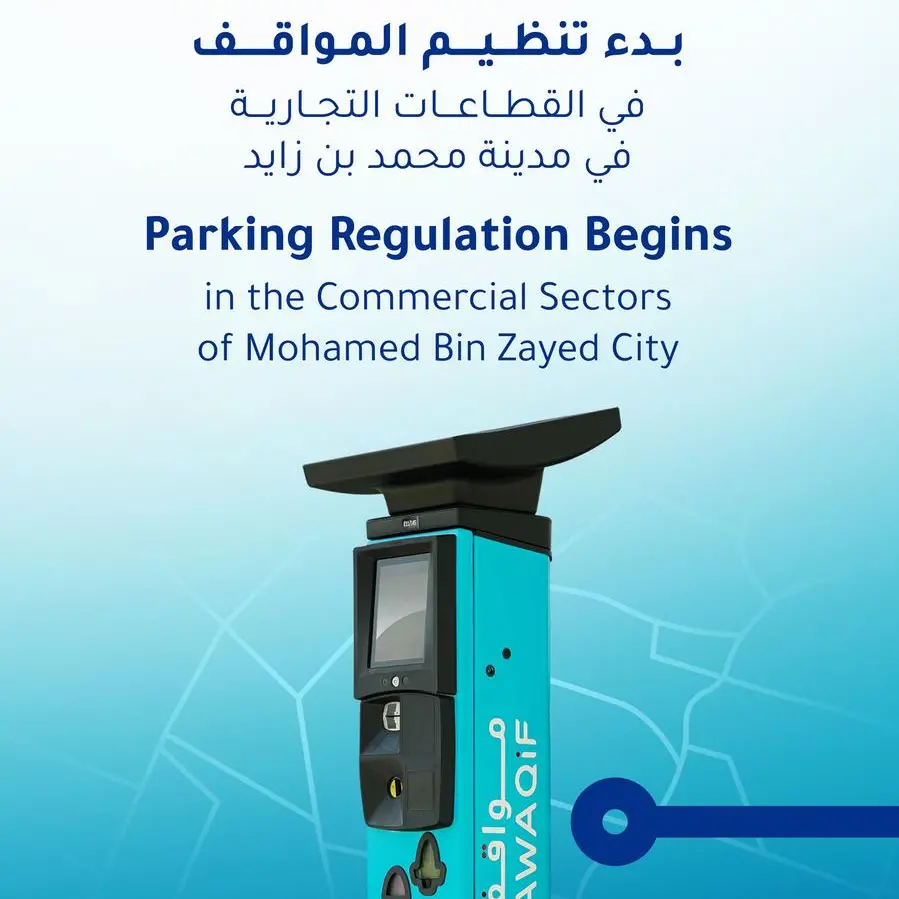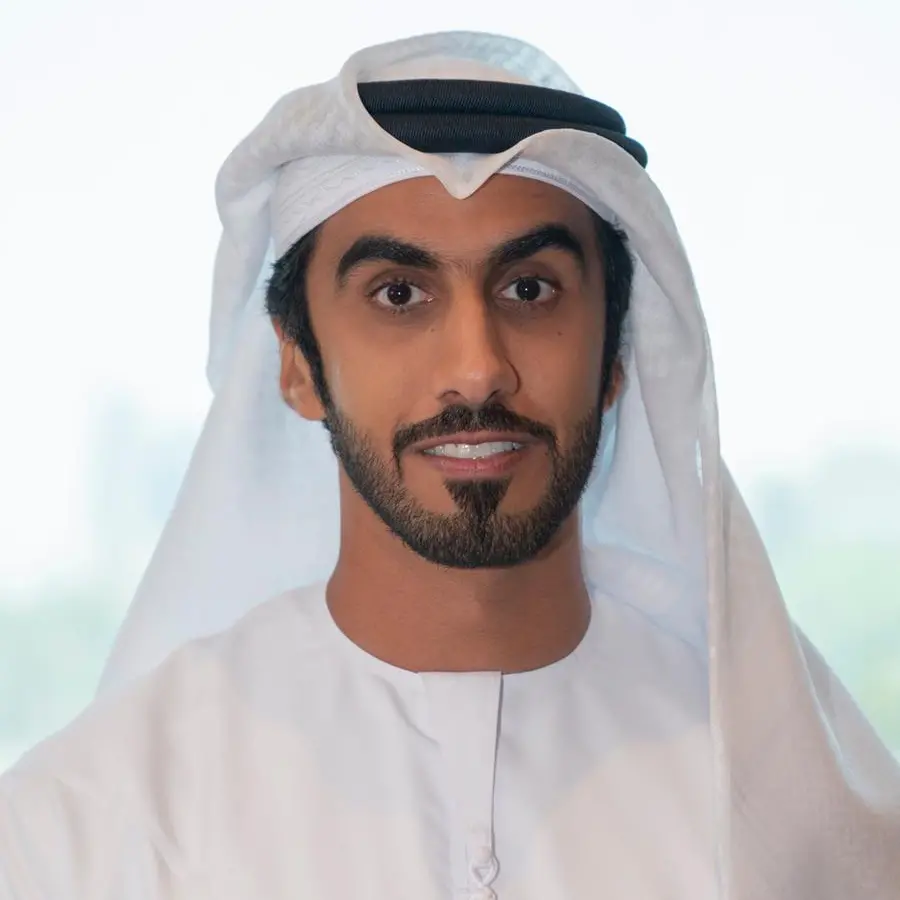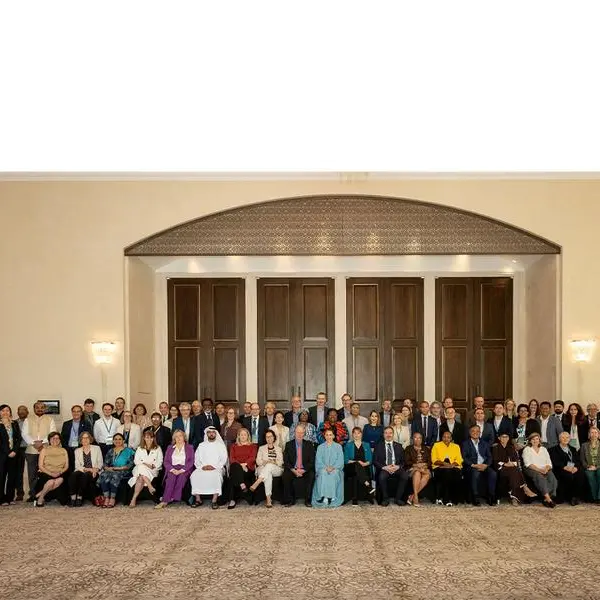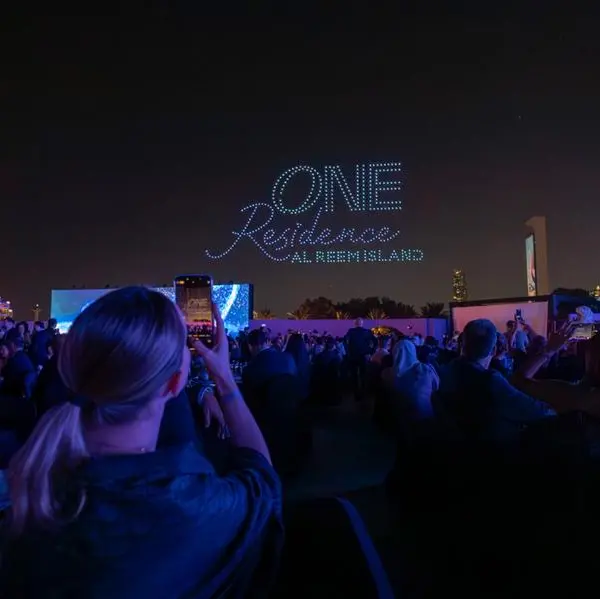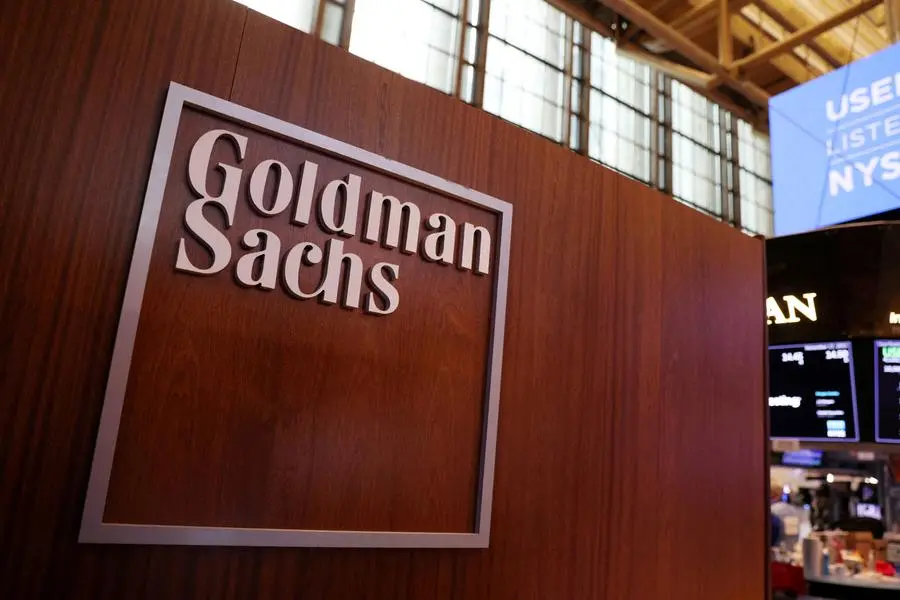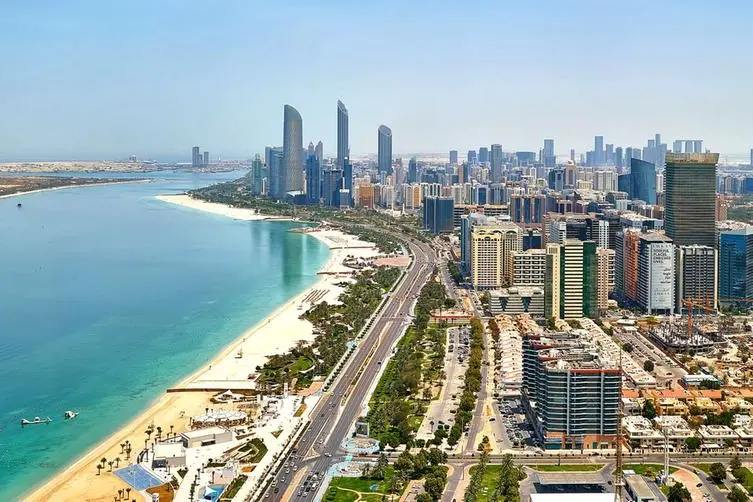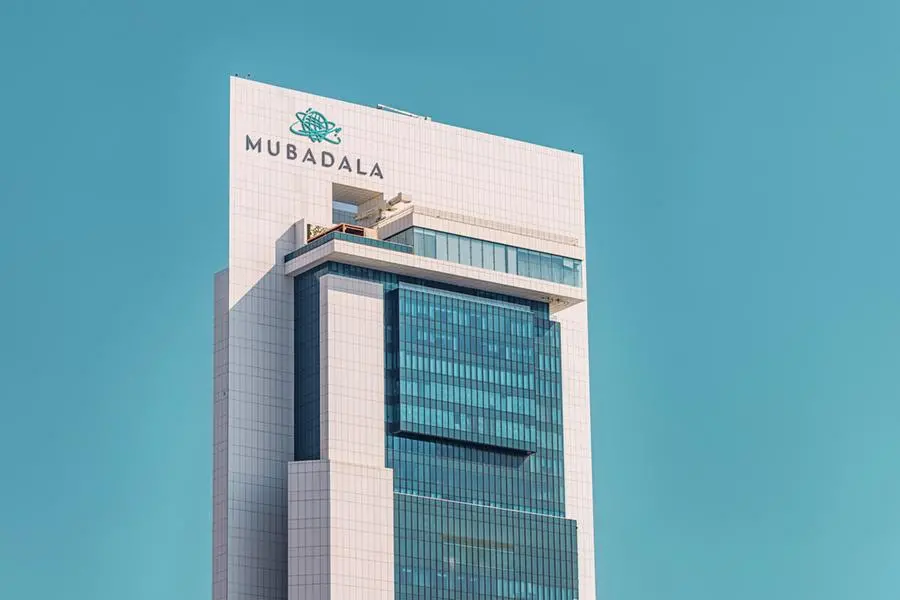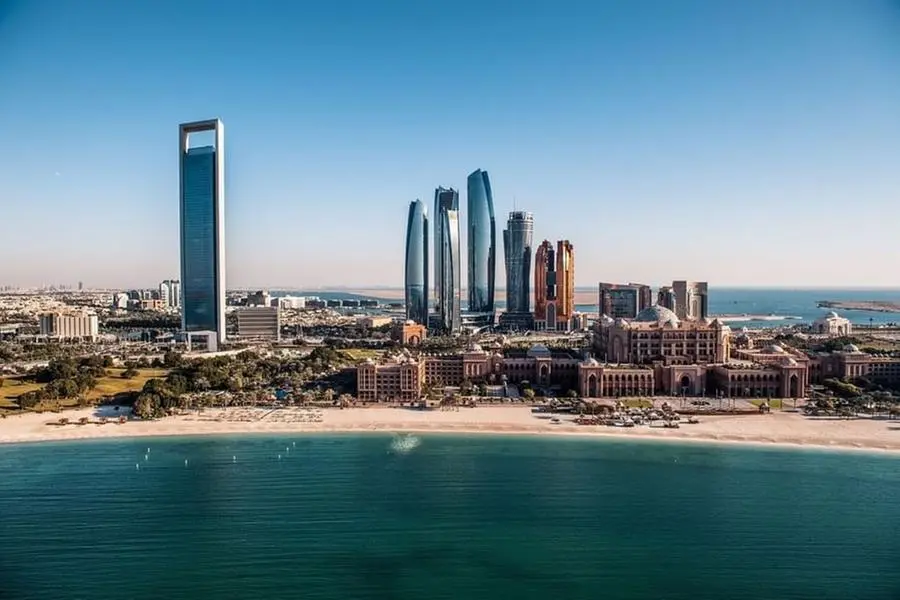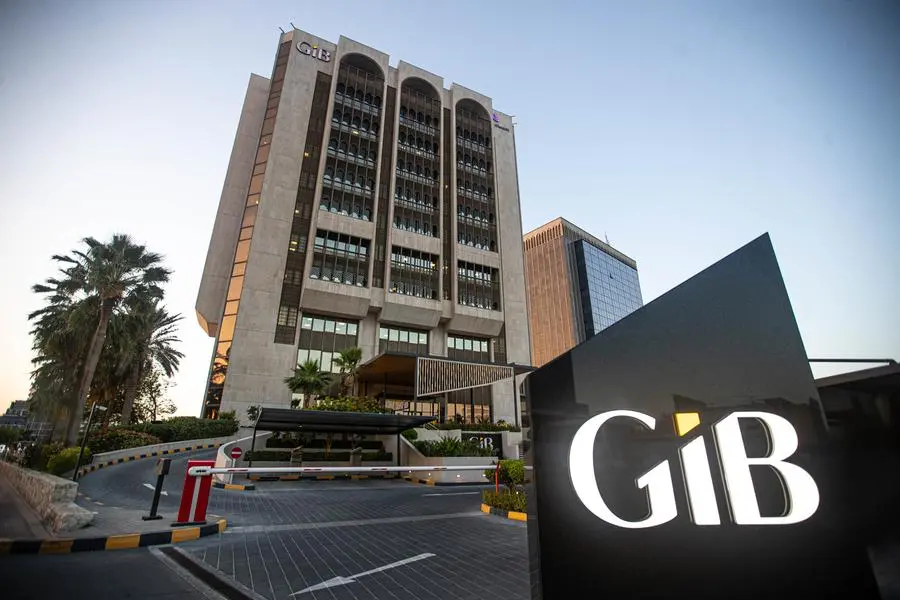4G, known as Long-Term Evolution (LTE), to offer faster and more efficient wireless broadband services for internet TV, mobile video blogging and mobile office environment
Ericsson, the world's leading provider of technology and services to telecom operators, said it is negotiating with mobile operators in the Middle East to launch the fourth generation (4G) mobile network, known as the world's first commercial Long-Term Evolution (LTE) network in the region.
LTE is the next-generation mobile wireless broadband technology that will enable operators to offer enhanced wireless broadband services as well as Internet TV, mobile video blogging, on-line video games and the mobile office environment. One of the most significant aspects of 4G evolution would be the mass capability to achieve "mobile broadband anytime anywhere".
Fredrik Landberg, VP Marketing Communication & Strategy of Ericsson in Saudi Arabia, said: "The 4G services will truly revolutionize your life by facilitating the means of communication for both institutions and individuals. These will include not only Internet telephones and videophones, but also easy teleconferencing, practical telecommuting, medical services such as remote diagnosis, interactive distance education, rich multimedia entertainment, digitally-controlled home appliances, and much more."
LTE enables new levels of performance in terms of peak data rates, spectrum efficiency and delay. Ericsson has already demonstrated peak rates of 160 mbps. LTE can be deployed both in new and existing frequency bands and is designed to minimize the cost of network operation and maintenance.
The evolving technology of mobile broadband will provide key support in building sustainable cities that minimize the use of energy and reduce CO2 emissions.
The Gulf's information and communication technology (ICT) market is one of the fastest growing in the world. Industry estimates show that a significant chunk of the new demand will come from Saudi Arabia. According to published reports, the number of mobile users in the Kingdom have risen by 31.6 percent from 28.388 million in 2007 to 37.35 million subscribers in 2008.
Ericsson and the Swedish operator TeliaSonera recently unveiled the world's first commercial LTE site in Stockholm, Sweden. The initiative is regarded by many experts as an important milestone in making the mobile digital highway a reality.
The site will be part of a commercial network scheduled to go live in 2010, bringing data rates far above what is possible in today's mobile broadband networks and allowing Stockholmers to stay connected and enjoy seamless, high-quality, online services even while on the move.
"The unveiling of this site shows that LTE is no longer the story of the future; it is the story of today. Ericsson, as a leader in LTE development, is proud to work with TeliaSonera to bring a commercial LTE network to life," said Ulf Ewaldsson, Vice President and Head of Product Area Radio at Ericsson.
Erik Hallberg, Senior Vice President and Head of TeliaSonera Mobility Services in Sweden, said: "Being at the forefront of broadband evolution means our customers will be the first to benefit from this groundbreaking technology. This first LTE site is a key step towards further enhancing Sweden's fastest mobile broadband network." Ericsson's multimedia content is available at the broadcast room: www.ericsson.com/broadcast_room
-Ends-
About Ericsson:
Ericsson is the world's leading provider of technology and services to telecom operators. The market leader in 2G and 3G mobile technologies, Ericsson supplies communications services and manages networks that serve more than 250 million subscribers. The company's portfolio comprises mobile and fixed network infrastructure, and broadband and multimedia solutions for operators, enterprises and developers. The Sony Ericsson joint venture provides consumers with feature-rich personal mobile devices.
Ericsson is advancing its vision of 'communication for all' through innovation, technology, and sustainable business solutions. Working in 175 countries, more than 70,000 employees generated revenue of USD 27 billion (SEK 209 billion) in 2008. Founded in 1876 and headquartered in Stockholm, Sweden, Ericsson is listed on OMX Nordic Exchange Stockholm and NASDAQ.
About the LTE network:
Ericsson provides TeliaSonera with an LTE system (4G), including LTE Radio Base stations, which are part of the new RBS6000 series, an Evolved Packet Core network and mobile backhaul solution - including Redback's SmartEdge® 1200 routers and the latest EDA multi-access aggregation switch. The LTE system is based on 3GPP standards for Long-Term Evolution radio technology and System Architecture Evolution (SAE) core technology. LTE is a continued evolution of GSM/CDMA/WCDMA/TD-SCDMA (i.e. 2G and 3G) mobile networks and is an integrated part of Ericsson's Full Service Broadband offering. Ericsson offers high capacity radio access (LTE), high capacity EDA multi-access edge routers, evolved packet core networks (SAE), multimedia communication with IMS and high capacity, low-cost carrier Ethernet transport. Through its work in standardization bodies and its own development, Ericsson is also a strong player in the large ecosystem of mobile broadband enabled devices.
For more information visit: www.ericsson.com Or www.ericsson.mobi
For more information please contact:
Ericsson Corporate Public & Media Relations
Phone: +46 10 719 69 92
E-mail: press.relations@ericsson.com
Hassan Al Redha
Marketing Manager
Phone: + 966 1 2279887
Email: Hassan.alredha@ericsson.com
Ibtihal Samaraie
Saeed Al Hasanieh
Creative Communication, Riyadh
Email: ibtihals@creative-communication.net
Email: saidh@creative-communication.net
© Press Release 2009
